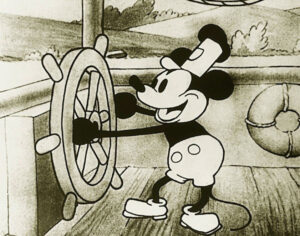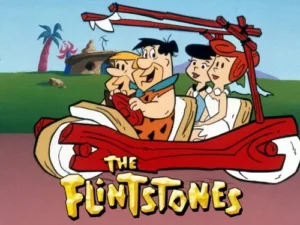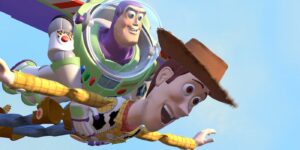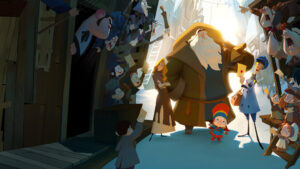Animation has been around for a long time. It started with simple drawings and has grown into the amazing movies and shows we see today. Along the way, there have been important moments that helped animation improve and become what it is now.
-
Foundations
Pre-1900s
Before movies existed, people created optical toys like the zoetrope and thaumatrope to show moving images. These relied on persistence of vision – a trick of the eyes that makes still images appear to move.
1825 : Thaumatrope invented (simple optical illusion toy)
1834 : Zoetrope created (circular animation viewer)
1877 : Praxinoscope introduced (improved animation viewer)
-
Silent Animation Era
1900s–1920s
Early animators like J. Stuart Blackton and Winsor McCay made the first short animated films using hand-drawn frames. Characters like Gertie the Dinosaur brought animation to life. Cartoons were silent and often shown in theaters.
1906 : Humorous Phases of Funny Faces – first animated film (J. Stuart Blackton)
1914 : Gertie the Dinosaur (Winsor McCay) – first character animation
1928 : Steamboat Willie (Walt Disney) – first cartoon with synchronized sound
-
The Golden Age of Animation
1930s–1950s
Animation became hugely popular thanks to Disney, Warner Bros., and MGM. Mickey Mouse and Bugs Bunny were born. Disney’s Snow White (1937) was the first full-length animated movie. Animators used hand-drawn “cel animation” to make smoother, more complex stories.
1937 : Snow White and the Seven Dwarfs – first full-length animated feature (Disney)
1940s–50s : Looney Tunes and MGM cartoons rise in popularity
1950s : Animation becomes a staple in cinema and early TV
-
TV and Limited Animation
1960s–1980s
TV changed animation. Studios like Hanna-Barbera created cheaper cartoons like The Flintstones and Scooby-Doo using limited animation (fewer drawings per second). Anime from Japan also grew in popularity, and Saturday morning cartoons became a tradition.
1960 : The Flintstones – first animated TV series in prime time (Hanna-Barbera)
1970s : Animation becomes a Saturday morning tradition
1980s : Rise of anime (e.g., Akira, Astro Boy) and animation in advertising
-
Digital & CGI Revolution
1990s–2000s
This era saw the rise of computer animation. Pixar released Toy Story (1995), the first movie made entirely with CGI. While 2D Disney classics like The Lion King were still popular, CGI quickly took over. Studios like DreamWorks and Blue Sky joined the scene.
1995 : Toy Story – first fully computer-animated feature (Pixar)
1990s : 2D animation boom: The Lion King, Beauty and the Beast
2000s : CGI dominates; DreamWorks (Shrek), Blue Sky (Ice Age) join the scene
-
Modern & Diverse Animation
2010s–Present
Animation became more diverse and creative. Movies like Frozen, Moana, and Spider-Verse pushed visual and emotional boundaries. 2D made a comeback with modern tools (Klaus), and indie/online animators flourished thanks to platforms like YouTube and Netflix.
2010s : 3D and stylized animation (e.g., Frozen, Spider-Man: Into the Spider-Verse)
2019 : Klaus – modern 2D animation with digital techniques
Present : Animation used in games, AR/VR, apps, and global streaming





